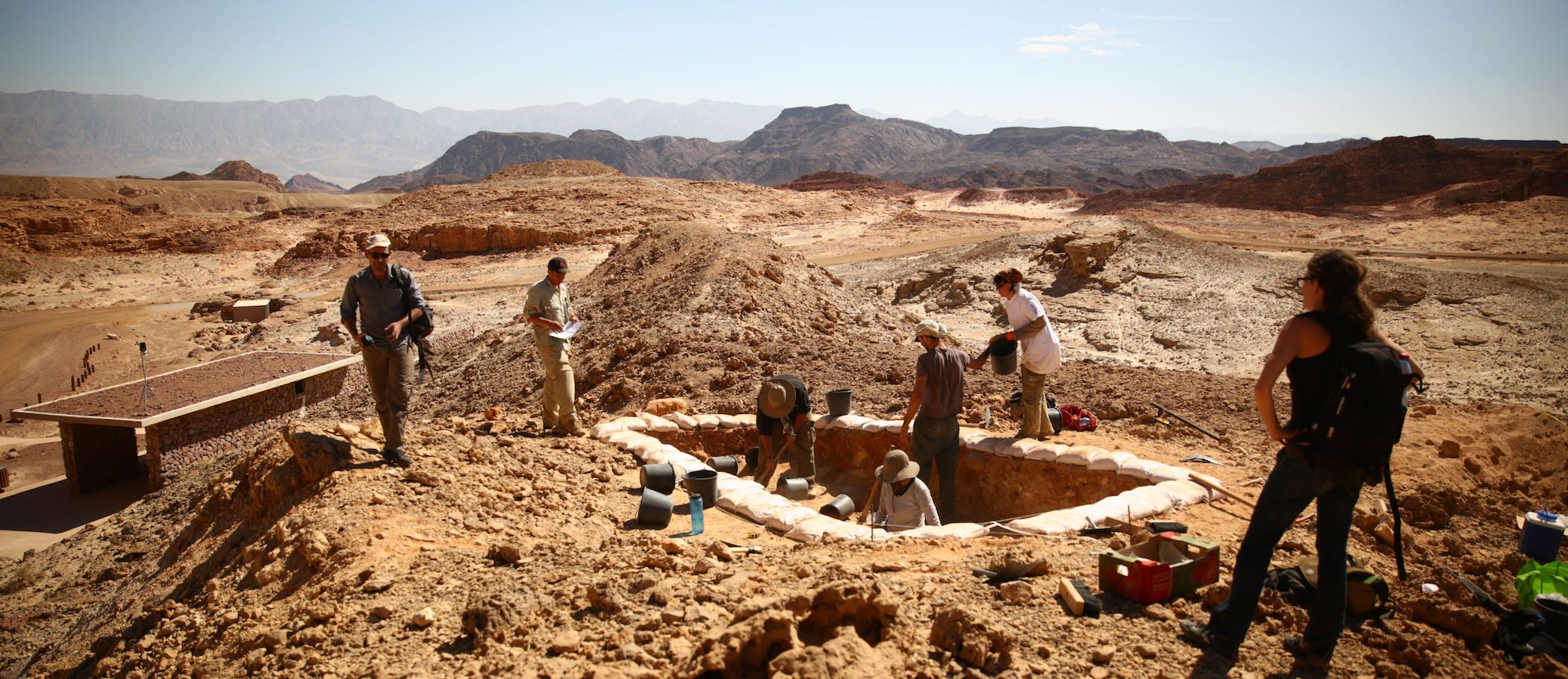When you buy through links on our land site , we may take in an affiliate commission . Here ’s how it works .
Egyptian evisceration
A systematic depth psychology of ancient Egyptian mummy evisceration has found that historical descriptions of the proficiency may have been off - alkali
Trade secret
In ancient Egypt , embalmers had society - corresponding arrangement and their tricks of the trade were closely guard secret .
Father of history
But in the fifth century B.C. , ancient Greek historian Herodotus wield to get an inside peek at the industry and described the techniques used to draw the beat .
Organ removal
In his histories , he say that the highest course were the only ace eviscerate with a trans - abdominal prick , and that the brain was always removed . Other account suggested the pump was always absent .
Cedar oil enema?
The low-down classes , he say , received a cedar tree oil enema to use up away their internal organs .
Thorough analysis
But research worker Andrew Wade and Andrew Nelson wanted to see whether Herodotus accounts matched practices we actually see in mammy . They analyzed mum described in the lit , and performed CT scanning on several others . Here , a Theban male mummy from the Redpath museum gets run down .
Varied techniques
They constitute that contrary to Herodotus ' accounts , the upper and lower classes likewise run to get the trans - abdominal slit , with a cut through the anus restricted to elites .
Mummy skeleton
mama did n’t show evidence of cedar tree oil enema . In addition , the mummies did n’t always have their hearts left in topographic point and their head hit . Here , a 3D reconstructive memory of a mummy , with an oval indicating the scratch site .


























